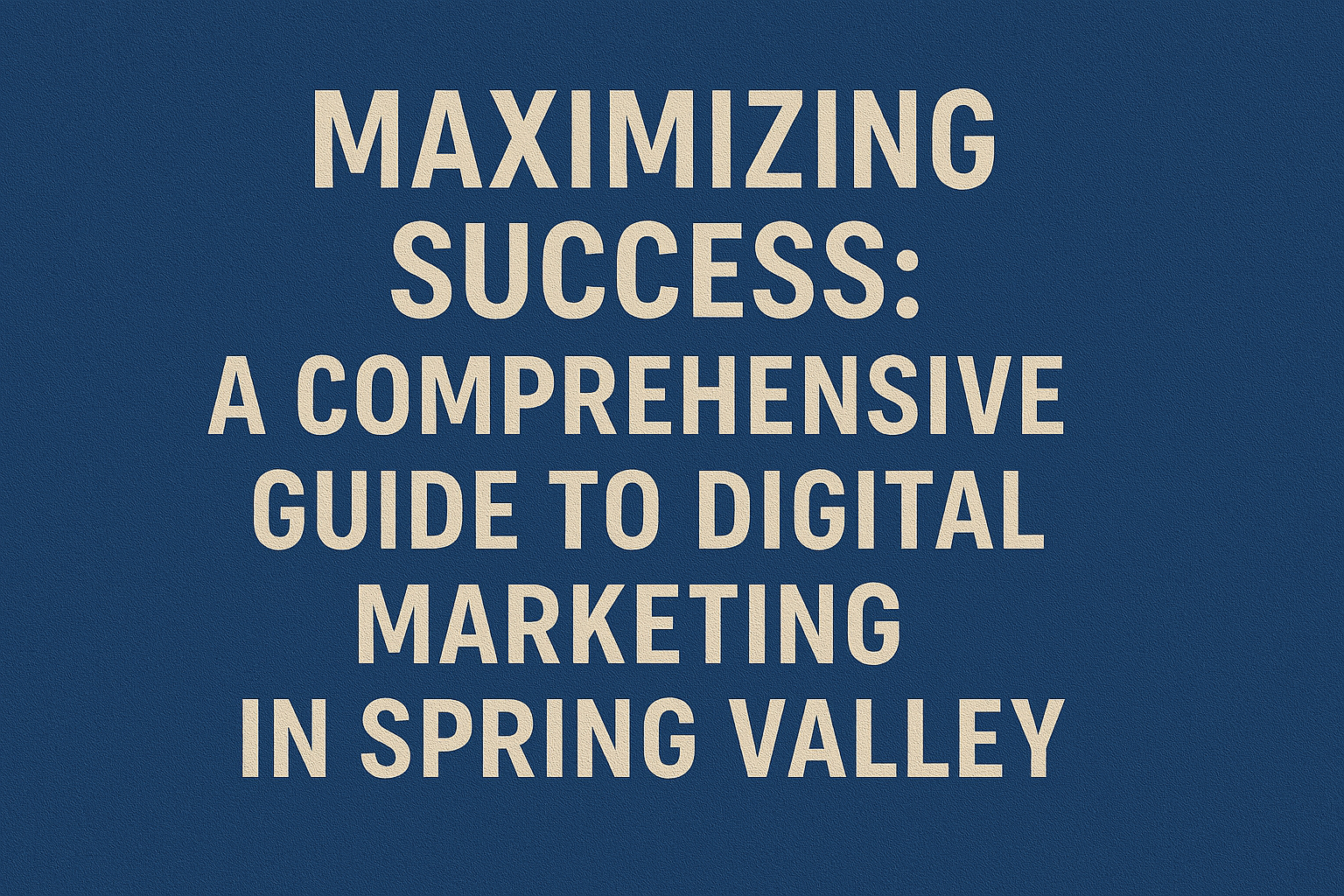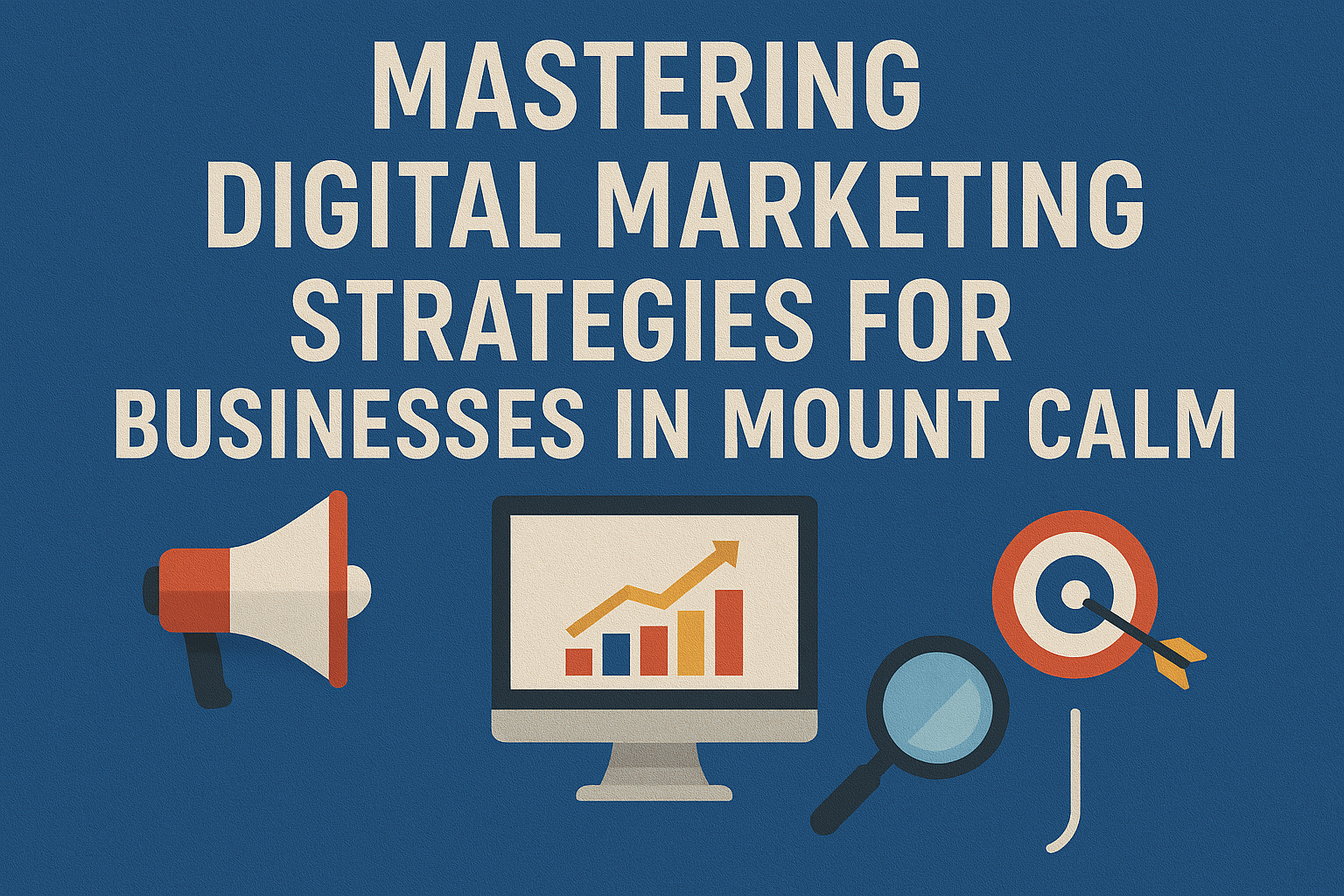Key Takeaways
1. Engaging content is essential, combining professionalism and relatability to hook visitors and educate them effectively.
2. Strategic keyword research and natural integration enhance content relevance and improve search engine ranking.
3. Using long-tail keywords can attract targeted traffic and boost conversion rates.
4. Clear headings, subheadings, and structured content make your website user-friendly and help search engines better understand your material.
5. Optimized images with descriptive names and alt texts enrich your content while aiding search engine optimization.
6. Google My Business (GMB) profiles are crucial for local SEO, connecting you directly with potential patients through search and maps.
7. Consistent NAP details across all local directories and platforms build trust and improve overall SEO performance.
On-Page SEO Techniques for Dentists: Content, Keywords, and Structure
Content: Crafting Engaging and Informative Material
Imagine walking into a dental office and being greeted with a smile, clear instructions, and a warm demeanor. That’s the same inviting aura your website’s content should exude. Your words need to hook visitors, educate them, and guide them through their journey. Think of every blog post as a friendly chat over coffee, where complex jargon is swapped for relatable examples and practical advice.
Balancing Professionalism with Personability: Address your audience directly. Instead of saying, “The patient must schedule biannual check-ups,” try “You should visit us every six months to keep your smile sparkling.”
Share Stories and Experiences: People love stories. Share experiences from your practice, success stories from patients (with their consent), and dental tips that come from real-life scenarios. These stories cement trust and make your content memorable.
Keywords: Finding and Implementing the Right Ones
Keywords are like the secret ingredients in your grandma’s recipe. They aren’t always obvious but are crucial. Sprinkle them thoughtfully throughout your content to keep it rich and cohesive for search engines and readers alike.
Research What Matters: Use tools like Google Keyword Planner and SEMrush to find what potential patients are searching for. Are they typing in “best dentist in [your city]” or “how to whiten teeth at home”?
Natural Integration: Shove keywords excessively, and your content feels forced, like a poorly rehearsed speech. Blend them naturally into your text. If your main keyword is “family dentist,” weave it into sentences smoothly: “A family dentist can cater to all ages within your household.”
Long-Tail Keywords: These are more specific phrases that visitors might key in. Instead of just “dentist,” consider “affordable pediatric dentist in [your city].” These can draw more targeted traffic and often lead to better conversion rates.
Don’t forget to include [this handy resource on dental search engine optimization](https://sithmarketing.com/?p=13511) for a deeper dive into keyword strategies.
Structure: Building a User-Friendly Landscape
A well-structured website is like a well-organized dental toolkit. Each tool in a specific place, easy to find, and ready for use.
Clear Headings and Subheadings: Easy-to-read headings act as signposts, guiding a visitor through your content. Use H1 tags for main titles, H2 for main subheadings, and H3 for lesser ones. This hierarchy not only helps readers but also search engines.
Engaging Meta Descriptions: Your meta descriptions should be the excitement trailer of your dental practice. Aim for a brief, compelling summary that makes readers want to click.
Internal Links: Think of these as the hallways connecting different rooms in a house. Guide visitors where they should go next. Have a blog post? Link it to a related service page. Discussing dental hygiene? Connect it to your products page.
Optimized Images: Images should be like a breath of fresh air in text-heavy content. Name them descriptively and add alt texts like “child receiving dental braces” to provide context for readers and search engines alike.
Craft your dental website with the precision and care you apply to your patients’ smiles. With engaging content, strategic keywords, and a solid structure, you’re set to make a lasting impression online.
Local SEO Strategies: Leveraging Google My Business and Local Listings
Getting Started with Google My Business
Google My Business (GMB) is a free tool that should be every dentist’s best friend. It connects you directly with your patients on Google Search and Maps. GMB profiles outperform stale yellow pages by a mile. If you don’t yet have a GMB listing, create one. It’s like setting up a booth at a local fair. You wouldn’t miss that, right?
Optimize Your GMB Listing
Once your GMB profile is up, it needs to shine. Make sure your business name, address, and phone number (NAP) are correct. Adding vibrant photos of your practice or your smiling team can make a difference too. Describe your services in plain language but make it inviting. Imagine you’re chatting with a neighbor across the fence about your wonderful practice.
Collect and Manage Reviews
Positive reviews are golden. They build trust and your ranking loves them. Encourage happy patients to leave reviews. Offer a polite request after a successful appointment. Bad reviews? Address them with grace. Show you care – it could turn a grumble into a glow.
Consistency Across Local Listings
Beyond GMB, you’ll find other directories like Yelp and Healthgrades. Ensure your NAP details match everywhere. Inconsistent info is like giving your website bad navigation! When directories align, search engines reward you.
Use Keywords in Descriptions
Strategically using keywords in your GMB description and local listings can attract more visitors. Don’t stuff it like a Thanksgiving turkey, though! Sprinkling them naturally will do the trick. Think about phrases like “family-friendly dental care” or “emergency dental services.” It’s these carefully placed nuggets that resonate with both clients and algorithms.
Engage Your Community
Show your community presence. Post updates, offers, or events on your GMB profile. Maybe you sponsor a local kiddie soccer team? Share it! It’s like waving hello to passersby – people notice.
Leverage Social Media for Local SEO
Brush up your presence on social platforms like Facebook or Instagram. Local followers can convert to loyal patients. Share behind-the-scenes looks, patient testimonials, and dental health tips. It builds rapport and trust.
Tracking Your Progress
Keep an eye on your GMB insights. They tell you how patients find you and what actions they take. It’s like having a map to buried treasures! Adjust your strategies based on these insights for better engagement.
Don’t forget, dental search engine optimization should become your best strategy in this digital age. Trust https://sithmarketing.com/?p=13511 for the expert advice you need.
Use these tips like a master sculptor carving out a fine piece. Mastering local SEO for dental websites isn’t an unattainable task. With the right moves and a bit of elbow grease, you can shine as the local dental expert everyone’s searching for.








Leave A Comment